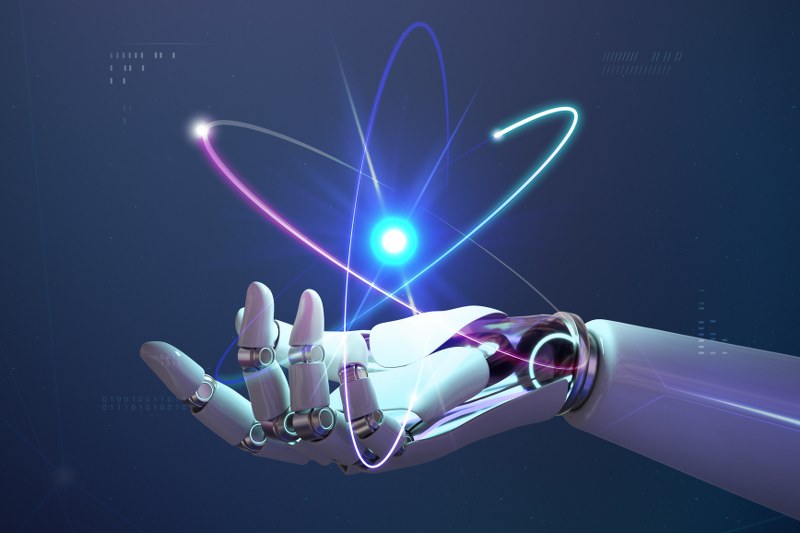
Microsoft has recently announced that it is expanding its AI Copilot offering with Viva and Glint integrations. The move is expected to provide users with more advanced tools that can help them be more productive and efficient in their work. In this article, we will discuss the significance of this development and what it means for the future of AI in the workplace.
Microsoft has been investing heavily in AI and machine learning in recent years, and the company’s AI Copilot is one of its most significant offerings. AI Copilot is a digital assistant that uses natural language processing and machine learning algorithms to help users automate routine tasks, collaborate with others, and make more informed decisions.
With the addition of Viva and Glint integrations, Microsoft is taking AI Copilot to the next level. Viva is a platform for employee experience that provides users with access to various tools and resources, including news, learning opportunities, and insights into their work. Glint, on the other hand, is a platform for employee engagement that helps organizations measure and improve employee satisfaction and performance.
By integrating AI Copilot with Viva and Glint, Microsoft is providing users with a more comprehensive set of tools to improve their productivity and engagement at work. For example, AI Copilot can now help employees find relevant learning resources on Viva, and suggest ways to improve their performance based on feedback collected by Glint.
The integration of AI Copilot with Viva and Glint also has implications for the future of AI in the workplace. As AI continues to become more prevalent in the workplace, it is expected to transform the way people work, making them more productive and efficient. By integrating AI with other workplace tools and platforms, Microsoft is helping to accelerate this transformation and make it easier for organizations to adopt AI.
However, there are also concerns about the impact of AI on jobs and employment. Some experts predict that AI could lead to widespread job displacement, as machines take over routine tasks traditionally performed by humans. While the integration of AI Copilot with Viva and Glint is unlikely to lead to job losses, it is important to consider the impact of AI on the workforce as a whole.
To address these concerns, Microsoft has emphasized that AI should be seen as a tool to augment human capabilities, rather than a replacement for human workers. By providing users with AI-powered tools that help them work more efficiently and effectively, Microsoft is demonstrating its commitment to this principle.
In conclusion, the expansion of Microsoft’s AI Copilot offering with Viva and Glint integrations is a significant development that has implications for the future of AI in the workplace. By integrating AI with other workplace tools and platforms, Microsoft is helping to accelerate the adoption of AI and make it easier for organizations to benefit from its capabilities. While there are concerns about the impact of AI on jobs and employment, Microsoft’s emphasis on using AI to augment human capabilities suggests a positive path forward for the future of work.
